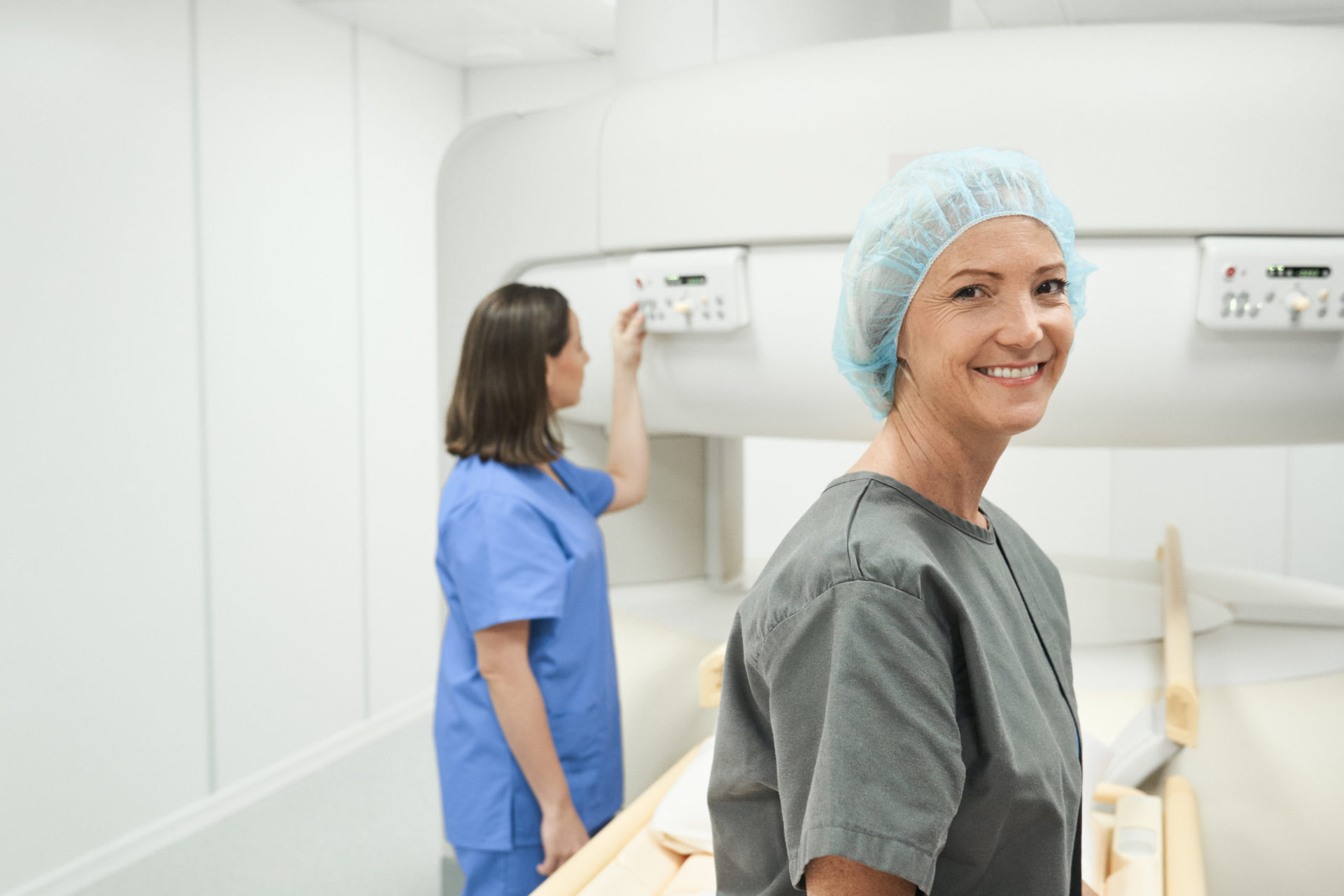The diagnosis of ductal carcinoma in situ (DCIS) of the breast has increased substantially due to mammographic screening, and now accounts for 25 per cent of screen-detected breast cancer. Over 1,600 women are diagnosed with DCIS in Australia every year. However, unlike invasive breast cancer, there are limited knowledge and experience for patients and clinicians to draw on when this now common diagnosis of DCIS is made.
At TROG Cancer Research, we believe it is important to continually search for improved outcomes for patients.
This starts with research and collaboration.
We are proud to say that one of our studies has received high recognition, having been published in one of the leading cancer journal, Radiotherapy and Oncology.
The abstract of the article, which you can source here, focuses on evaluating the cosmetic outcomes of breast conserving surgery and radiation treatment for women with DCIS of the breast.
A brief overview of the study
Radiation treatment to the breast after breast conserving surgery for DCIS has been shown to decrease the risk of it coming back either as more DCIS or an invasive breast cancer.
In collaboration with the Breast International Group (BIG), TROG Cancer Research coordinated a randomised study to evaluate different radiation doses and numbers of radiation treatment to the breast after surgery for DCIS.
The main aim of the randomised study is to compare and investigate the most effective treatment that will prove to be most beneficial to patients with DCIS.
All women on the study received a longer or shorter course radiation treatment to the whole breast. The longer course consisted of 25 treatments, and the shorter course consisted of 16 treatments. After radiation treatment to the whole breast, half of the women on study also received boost radiation to the tumour bed where the DCIS was located before surgery, while the other half did not receive the boost radiation. The boost radiation consisted of 8 additional treatments.
The primary aim of the study is to investigate if boost radiation to the tumour bed after surgery and whole breast radiation treatment would further reduce the risk of recurrence.
The study recruited 1608 women across eleven countries between 2007 and 2014. It was a collaboration of seven clinical trial organisations across four continents.
As part of the study, the cosmetic outcomes of the treated breast of women who took part at baseline (after surgery but before radiation treatment) and three years after treatment were compared using the European Organisation for Research and Treatment of Cancer (EORTC) Cosmetic rating system. The cosmetic outcomes were assessed as “excellent or good” or “fair or poor” by the researchers in person and using digital images.
Summary of findings
In our study, the cosmetic outcomes of women with DCIS after breast conserving surgery and radiation treatment were comparable across the eleven countries.
It is worth noting that 85–90 per cent of the women on the study had an excellent or good cosmetic outcome at baseline (after surgery but before radiation treatment).
Women who received the shorter course of whole breast radiation treatment achieved comparable cosmetic outcomes at three years as women who received the longer course.
However, women who received boost radiation to the tumour bed after whole breast radiation treatment had a worse cosmetic outcome than women who did not receive the boost radiation.
The study also showed that the prospective collection of standardised digital images could be reliably used to evaluate the cosmetic outcomes after surgery and radiation treatment in women with DCIS of the breast. Assessments undertaken in person or using digital images were both shown to be able to detect the adverse effects of boost radiation on cosmetic outcomes.
In addition, the study found that researchers at centres in Europe were somewhat less likely to provide an excellent cosmetic score compared to researchers in other jurisdictions.
—
As one of the first international studies of cosmetic outcomes in women with DCIS treated by breast conserving surgery and post-operative radiation treatment, we hope that the results will provide patients and their doctors with a part of the necessary information to support their individual treatment decision-making.
We are proud to coordinate this important international collaborative effort to improve the outcomes of patients with DCIS.
The abstract of the article on the study above can be sourced here.
Related Post
Automated quality assurance tool shows promise in TROG 18.01 NINJA trial
LATEST NEWS: 25 November 2025 Vital quality assurance (QA)
SUPREMO trial findings signal change in breast cancer treatment
LATEST NEWS: 6 November 2025 Radiotherapy can be safely




